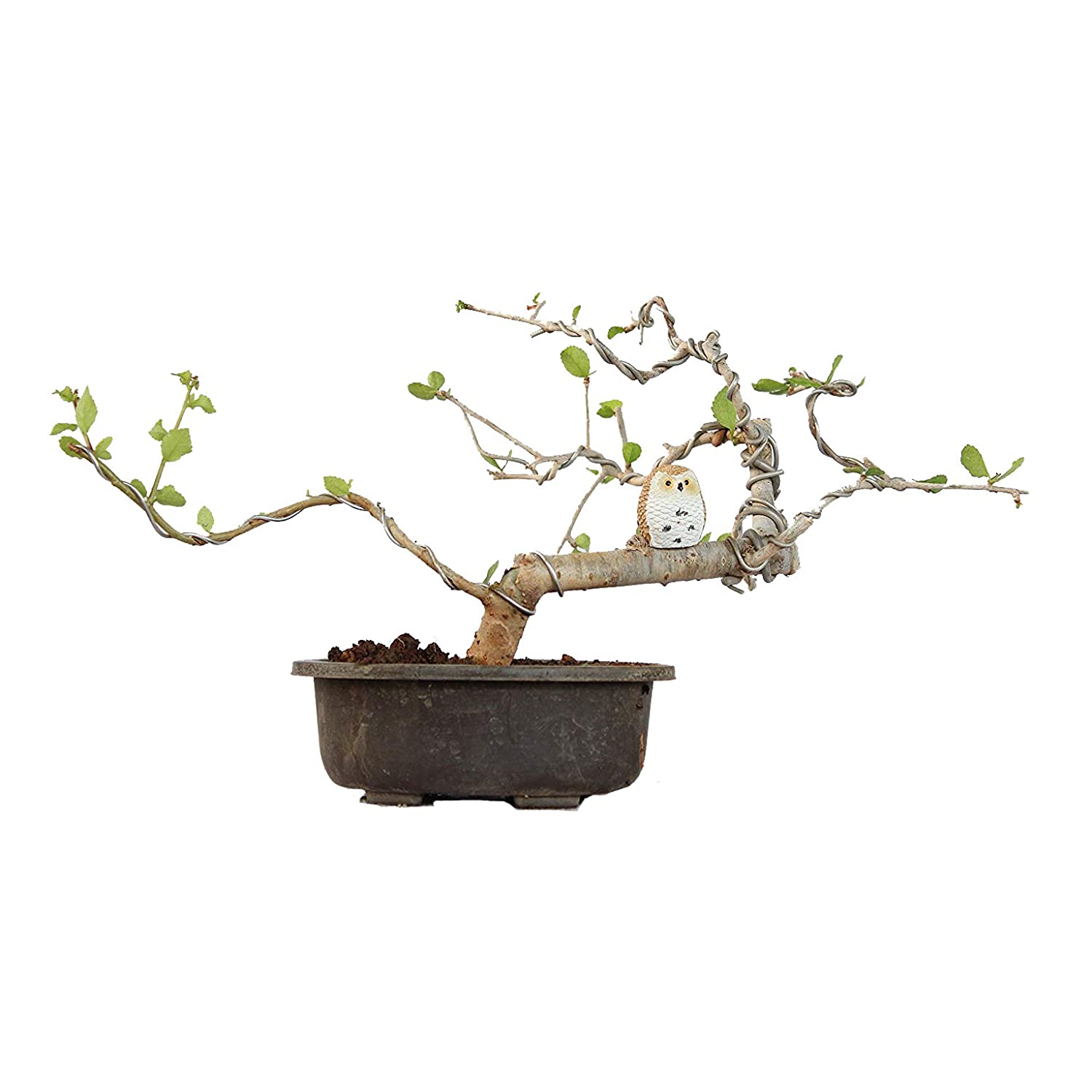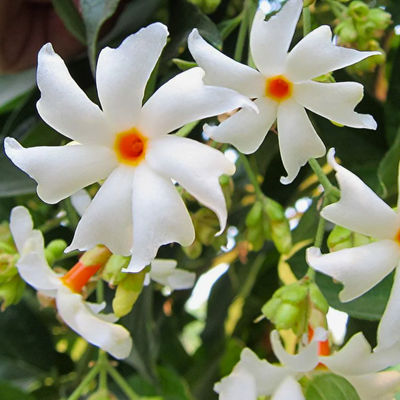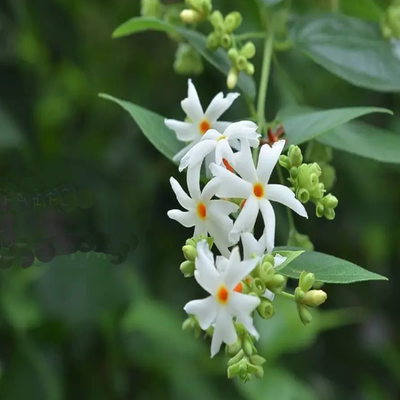
Bonsai Guggul aka Commiphora Wightii Healthy Plant
Guaranteed Safe Checkout
Green Paradise Offers Healthy Bonsai
Guggul aka Commiphora Wightii Plant
About Bonsai Guggul Plant
Bonsai Guggul, also known as Commiphora wightii, is a small tree or shrub native to northern India. It belongs to the Burseraceae family and is widely recognized for its medicinal properties. The plant has been used for centuries in conventional Ayurvedic medicine.
Here are some key features and information about the Bonsai Guggul plant:
Appearance:
- Bonsai Guggul is a small, slow-growing tree that reaches a height of about 2 to 4 meters (6.5 to 13 feet) in the wild.
- However, in bonsai cultivation, it is often kept smaller, around 30 to 60 centimeters (12 to 24 inches) in height.
- The plant has a gnarled trunk with thick branches and small, rounded leaves that are green in color.
Medicinal Uses:
- In Ayurvedic medicine, the resin produced by the Bonsai Guggul plant, known as "guggul" or "guggulu," is highly valued for its therapeutic properties.
- It has been traditionally used to treat various ailments, including arthritis, obesity, skin disorders, and high cholesterol.
- Guggul is believed to have anti-inflammatory, antioxidant, and cholesterol-lowering effects.
Cultivation:
- Bonsai Guggul is suitable for bonsai cultivation due to its compact size and interesting trunk structure.
- Depending on the climate, it can be grown both inside and outside.
- The plant requires well-draining soil and prefers a sunny location.
- It is tolerant of drought conditions but cannot withstand frost.
- Pruning and wiring techniques are often employed to shape the tree into the desired bonsai form.
Propagation:
- Bonsai Guggul can be propagated from seeds or through stem cuttings.
- Seeds need to be soaked in water for a few hours before sowing.
- Stem cuttings can be taken during the growing season and rooted in a suitable rooting medium.
Caution:
- While Bonsai Guggul has a long history of medicinal use, it's important to note that you should consult a qualified healthcare professional before using it for therapeutic purposes.
- Certain precautions and dosage recommendations may apply, depending on individual health conditions and existing medications.
In conclusion, Bonsai Guggul, or Commiphora wightii, is a fascinating plant with medicinal significance in traditional Ayurvedic medicine. It's compact size and unique features make it a popular choice for bonsai enthusiasts, allowing them to enjoy its beauty while exploring the art of bonsai cultivation.
How To Grow Bonsai Guggul Plant
Growing bonsai from the Guggul plant, also known as Commiphora wightii, requires careful attention and specific techniques.
Here is a step-by-step guide on how to grow a bonsai Guggul plant:
Acquire a healthy Guggul plant:
- Obtain a young Guggul plant from a reputable nursery or source.
- Ensure that it is healthy, free from diseases, and has a well-developed root system.
Choose a suitable container:
- Select a shallow bonsai pot or container with good drainage holes.
- The size of the pot should be proportional to the size of the plant, allowing for some growth over time.
Prune the roots:
- Carefully remove the plant from its original container and gently prune the roots.
- Trim any long or damaged roots, allowing the plant to fit comfortably into the bonsai pot.
- Avoid cutting more than one-third of the root mass.
Prepare the soil mixture:
- Create a well-draining soil mixture by combining equal parts of akadama, pumice, and lava rock.
- This mixture provides good drainage while retaining some moisture.
Place the plant in the pot:
- Position the Guggul plant in the bonsai pot, ensuring that it is centered and at the desired height.
- Add the prepared soil mixture around the roots, gently pressing it to secure the plant.
Water the plant:
- Thoroughly water the newly potted Guggul plant until the water drains out of the bottom of the pot.
- This promotes proper hydration and soil stabilization.
- Water the factory regularly, allowing the soil to dry slightly between soddening sessions.
Provide adequate sunlight:
- Guggul plants require full sunlight for optimal growth.
- Place your bonsai Guggul factory in a position that receives at least six hours of direct sun daily.
- Consider protecting the plant from extreme temperatures or intense afternoon sun if needed.
Prune and shape the bonsai:
- Regularly prune your Guggul bonsai to maintain its desired shape and size.
- Use sharp bonsai scissors to trim back new growth, shaping the branches and foliage to create an aesthetically pleasing form.
Fertilize the plant:
- During the growing season, from spring to fall, fertilize the bonsai Guggul plant every two to four weeks using a balanced bonsai fertilizer.
- For operating rates, adhere to the manufacturer's recommendations.
Monitor for pests and diseases:
- Keep an eye out for common pests such as aphids, spider mites, or scale insects.
- If any pests are present, treat them promptly using appropriate methods, such as insecticidal soap or horticultural oil.
Provide winter protection:
- Guggul plants are sensitive to frost and cold temperatures.
- In colder regions, protect your bonsai Guggul during winter by moving it indoors to a cool room or greenhouse.
- Ensure the plant receives sufficient light even during the winter months.
Maintain regular care:
- Continue to care for your bonsai Guggul by monitoring its growth, watering needs, and overall health.
- Adjust your care routine as necessary, making sure to address any issues promptly.
Remember, growing a bonsai Guggul plant requires patience and dedication. With proper care and attention, you can cultivate a beautiful and healthy Guggul bonsai over time.


















